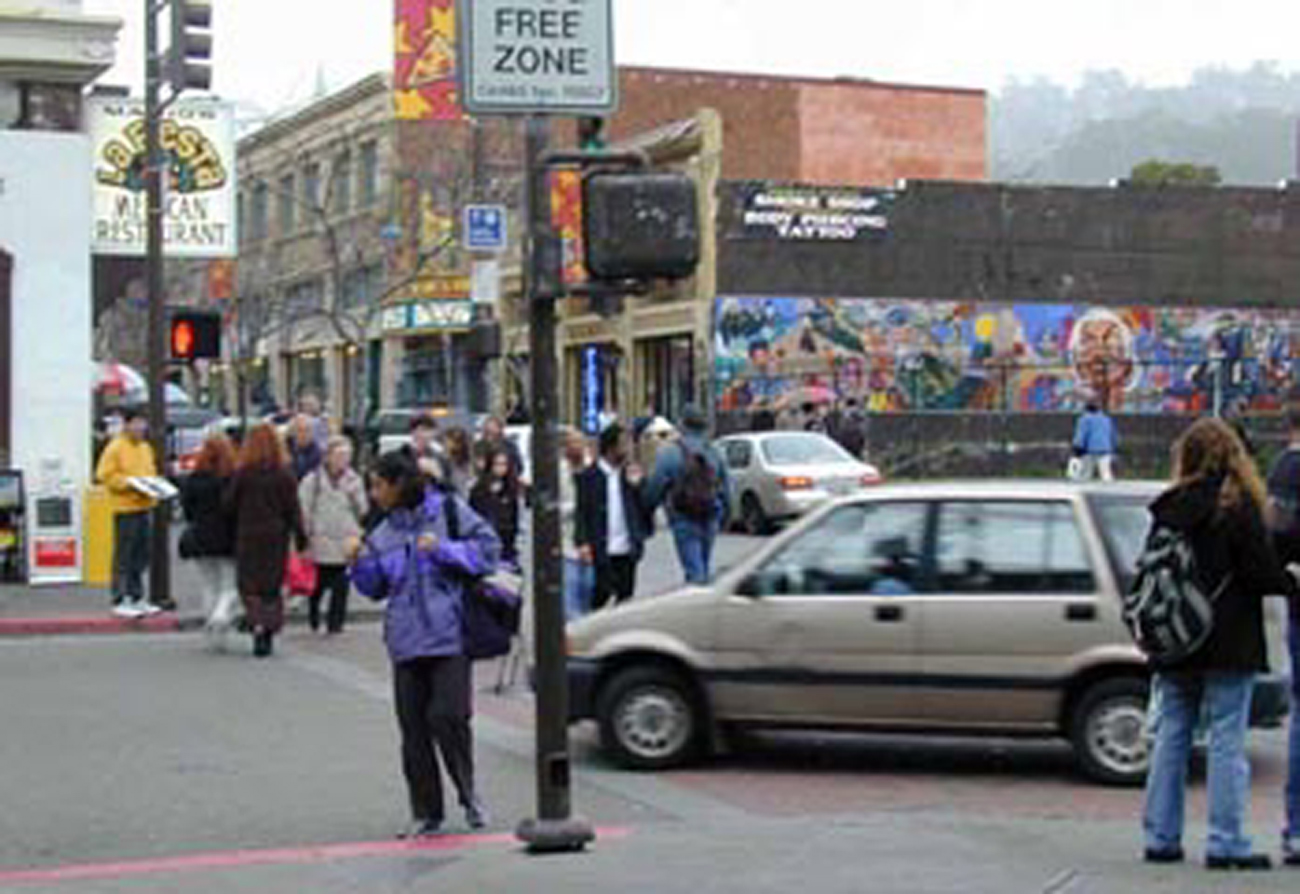
Extract all the vital parts and structures of the presently existing whole, which must be preserved, enhanced, extended, and repaired.
| Fragment of the Generative Code for Neighborhoods |
|
Back to Diagnosis Section
|
Extract all the vital parts and structures of the presently existing whole, which must be preserved, enhanced, extended, and repaired. |
|
MAKING A DIAGNOSIS Now it is time to walk the land, slowly, and with care. What is precious, and where is it? What is ugly? What is desperately in need of repair? What has the potential to become something wonderful, with a minimum of work? We find it most helpful to do this with a map in one hand and a pen in the other -- a surveyor's drawing of the site, with the boundary marked, with trees and existing buildings marked, and recognizable features so that you can locate yourself as you are walking around and know exactly where you are. Each unfolding in this section asks you to attend to a different aspect of your neighborhood site. When they have been completed, you will have a comprehensive and sophisticated diagnosis that can serve as the basis of generating life. Diagnosis is the basis on which all unfolding proceeds. It helps you: All of this information is to be kept on a map. You were asked to make a basemap in Section 1, Startup & Vision. This will be your starting point for recording all the information you collect from your diagnosis. Once the drawing pad is operational, because it has the capacity for several layers which are in register, we suggest that you devote a different layer to each kind of diagnosis. In the meantime -- or if you prefer to do it on physical maps, make several copies of your basemap and record your findings there. Remember, these are working documents storing vital information. Keep working on them over many visits, walks, and discussions with others who are thinking about the neighborhood. And keep copies in your workbook. This diagnosis is the well-spring of the life that can arise in the new neighborhood. It is the source of inspiration that connects you to the land. If you don't make the effort to understand these details about your site, you seriously limit the degree to which you can create a living, thriving neighborhood.
| ||
| EVALUATING ON THE BASIS OF FEELING Your diagnosis is your attempt to capture the wholeness of this piece of land as it exists today. | ||
The wholeness is, above all, dependent on details. And it is made of those details which you can be sure of, because they have come from your feeling. For example:
| ||
| The diagnosis (which is a rough picture of the wholeness that is there now) is the point of origin for the next unfolding. | ||
| The structure of the land, with all its subtle detail, is the key to all subsequent unfolding. It is this structure which is then to be unfolded further, when you begin to tweak the generative code in Phase 4. Indeed, above all, the task will be to hold on to this precious structure, both in its detail, and in its overall character. What you do with the neighborhood, is to preserve this structure, enhance it, and extend it. It is this action which will make the neighborhood both natural and a living continuation of the land. | ||
| BASIC INSTRUCTIONS | ||
| On your scale map of the whole neighborhood, you and your colleagues should write a record of your observations while walking the land. If possible, this map should be kept in a place where they can be shared by all the partners, so that it may be contemplated, in quiet. Each of the unfoldings which follow in this section, will direct you to specifics. |
||
|
Back to Diagnosis Section © 2006 CES Terms of Use & Copyright Notice |
||